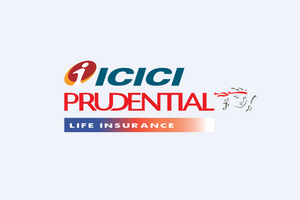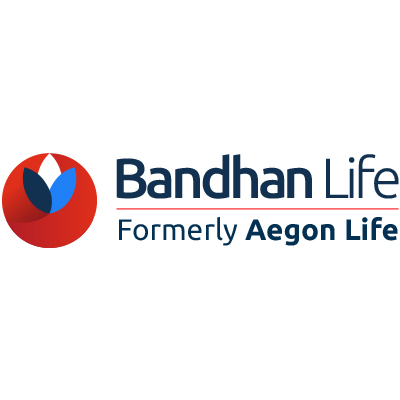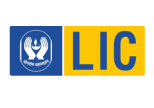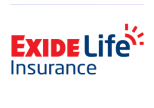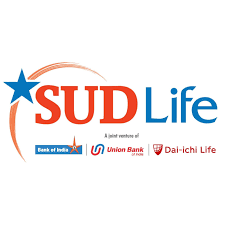How To Read A Life Insurance Policy Document?
Table of Contents
If you are an earning member of the family and plan to purchase an insurance policy, your responsibility does not end with merely purchasing and receiving the policy document. To understand the myriad terms that are used in a life insurance policy, it is important to know some fundamentals first.
Key Parts of A Policy Document
1. General Information
The first part of your policy document is generally the policy schedule. This section contains information discussed during the application process. It typically includes:
- The benefit amount is called “Sum Assured,” which is the amount payable in the event of death of the insured.
- Amount you are paying, which is the premium.
- Frequency of payment whether it is yearly, half yearly, quarterly or even monthly.
- Understanding Sections In A Policy Document
- Benefit Illustration
- Insurance Regulatory and Development Authority of India (IRDAI) has mandated benefit illustration to be a part of the policy document for certain products to avoid mis-selling. The benefit illustration is aimed at helping you understand how the return on your policy money will fetch at different rates of returns (4% or 8%) or amount of investible portion of premium is computed.
Must Read: Should You Purchase Add-Ons With A Term Insurance Plan?
2. Death Benefit
The death benefit section spells out the details of the death benefit. The “exclusions” section should be read carefully along with other sections as it states the circumstances or factors that can invalidate or limit a death benefit, with suicide being the major one. Most policies will not pay a death benefit if the insured commits suicide within the stipulated period. In case of riders, some of the benefits will be subject to stated exclusions.
3. Free Look Period
A prudent policyholder should go through the same to ensure seamless payment at the time of claim. You will also be able to find out if this policy is aligned to the benefits explained by the insurance representative. If not, you can return the policy document within the free look period. The free look period is usually 15 or 30 days from the date of receipt of “Policy Document” by the policyholder depending upon the mode of policy issuance.
4. Unit Linked Product
In case of a unit linked product, the policy document shall contain the details of the investment fund. The insured should be aware of the fund in which the premium is allocated and in which proportion. Generally, there is a provision to switch the fund into any other fund or a combination of funds.
5. Understanding the Legal Language
Life insurance policies are written in legal language that can be confusing, so all policies include a definitions section that defines words used in the policy. Refer to the “definitions” section when reading your policy and ask about anything you don’t understand. Never shy away from clearing all your doubts and queries pertaining to the policy.
6. Nomination
The “life insured” can name the person or persons to whom the policy benefit would be payable in the event of his death. The person could be your kids, spouses or parents, for example.
7. Claims Section
The claims section provides instruction on how a beneficiary can make a claim and the choices available for receiving the policy’s benefit.
8. Claiming the Policy
Under a lapsed policy, the policyholder loses all his rights and benefits. However if the policyholder wishes to reinstate the policy with full benefits (full force), they can do so by payment of due premiums with a penalty as decided by the company. This procedure is called “revival.” Revival is possible within three to five years from the date of lapse depending upon the nature of the plan.
9. Lock-in Period
Insurance is a long-term contract, and the policyholder has entered with an agreed duration. Hence, there is a lock-in period during which the policyholder will not be able to exit or withdraw funds. In due course, the policyholder may require funds due to some exigency and is not in a position to wait until maturity. In such exceptional cases there is a provision to surrender or encash the policy. The terms and conditions of surrender should be read properly as it may lead to loss of policy value and the goal may remain unfulfilled.
10. Tax Benefits
Due to the inherent benefit of a life insurance plan in providing protection, the Income Tax Act provides tax benefit to the policyholder both on payment of premium and on the maturity amount depending on the type of plan. However, tax laws are subject to changes as per prevailing laws. A policyholder should ideally consult a tax advisor on taxation issues.
Conclusion
An individual’s financial goals do not remain constant. They may vary due to marriage, birth of a child or a change in job. Hence, it is essential to review your life insurance needs from time to time and adjust your life cover accordingly. Please remember to factor in inflation whenever you are assessing financial goals.
Also Read: Why Is It Important to Renew a Term Insurance Plan?
Disclaimer: This article is issued in the general public interest and meant for general information purposes only. Readers are advised not to rely on the contents of the article as conclusive in nature and should research further or consult an expert in this regard.










